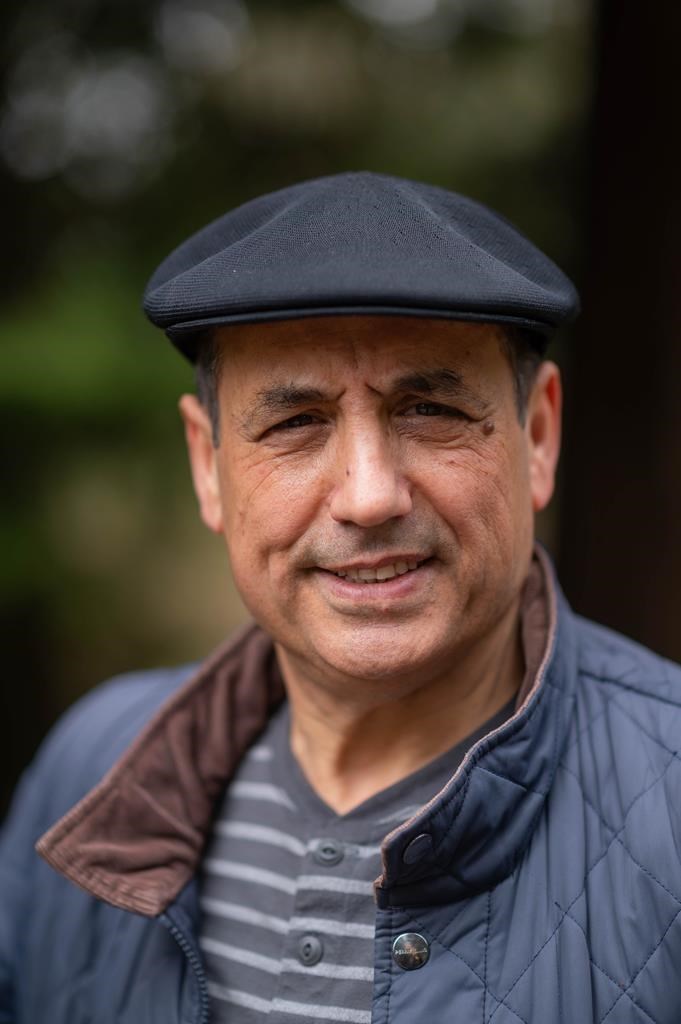VANCOUVER ŌĆö Reducing clear-cut logging and paying more attention to where trees are removed will help reduce the flood risk in British Columbia, a researcher says.┬Ā
A paper published by a team, including University of British Columbia Prof. Younes Alila, found that when 21 per cent of trees were harvested using clear-cut logging, the average flood size increased by 38 per cent in the Deadman River watershed and 84 per cent in Joe Ross Creek area, both snowy regions located north of Kamloops.
Alila said in an interview that while larger, intact watersheds are more effective in protecting against flooding, including by helping shade snow and slow its melt, where trees are removed also plays a critical role in how clear-cutting has increased floods.
He said the amount of flooding ŌĆ£depends dramaticallyŌĆØ on physical characteristics of a watershed that loses its trees, such as its topography, orientation to the sun or proximity to bodies of water that can collect the melted snow.
At Deadman River, small lakes dot the area to help mitigate melting snow, while the dramatic difference at Joe Ross Creek comes after trees were removed from parts of snow-covered mountains that receive more sun.┬Ā
ŌĆ£The bottom line is, the only way we can appreciate the power of the forest in mitigating against the flood risk is to step back and make sure we look at cumulative effects within the watershed,ŌĆØ Alila said.
He said current logging practices in the province can lead to snow melt being accelerated in some parts of a watershed and coincide with other areas melting.┬Ā
"And as a result, we amplify the floods downstream and that's just the nature of the beast we call cumulative effects," he said.
Alila said previous studies before about 2009 only looked at the increasing size of floods and not necessarily the increasing frequency, which he said meant they underestimated the impact of changes on the ground, such as through logging.
Now that the research shows how sensitive the watersheds can be to clear-cut logging, Alila said he thinks it's ŌĆ£about time we take a very serious lookŌĆØ at reducing the amount of clear-cutting in favour of ecosystem-friendly alternatives such as thinning and selecting individual trees for harvest while saving smaller trees.
He estimated protecting smaller trees could speed up regrowth by 20 to 30 years.
"I think British Columbians and the ecosystem in British Columbia is in for drama in the next several decades until the level of clear cutting that we have been doing actually recovers, and it's going to take decades for it to recover," he said.
He said he hopes the research is helpful for both provincial and First Nations governments as the province is in the midst of a review of the Forest and Range Practices Act.
In a statement, the Ministry of Forests says scientists review topographic maps, surface geology maps, and detailed terrain stability maps and consider all of these factors when developing their recommendations for tree management and harvest boundaries.
It says the government is funding a new, $10-million innovation program at the Bulkley Valley Research Centre as part of a commitment to develop and implement alternatives to clear-cutting practices.
"Any science and research, including this new paper from UBC, that can assist in improving forestry practices is a welcome addition to a field of study that is always changing," the statement says.
This report by The Canadian Press was first published Aug. 3, 2023.┬Ā
Ashley Joannou, The Canadian Press



